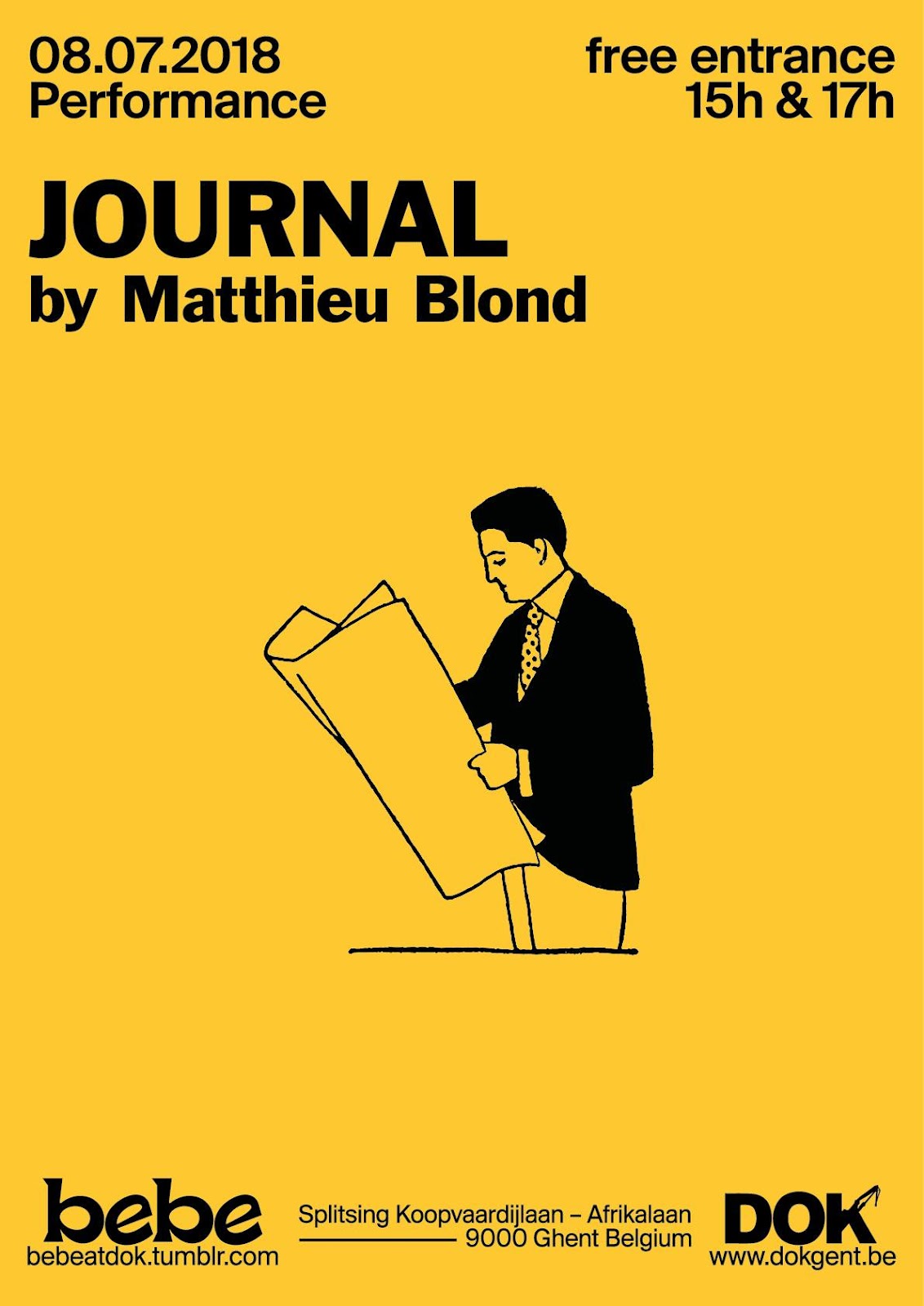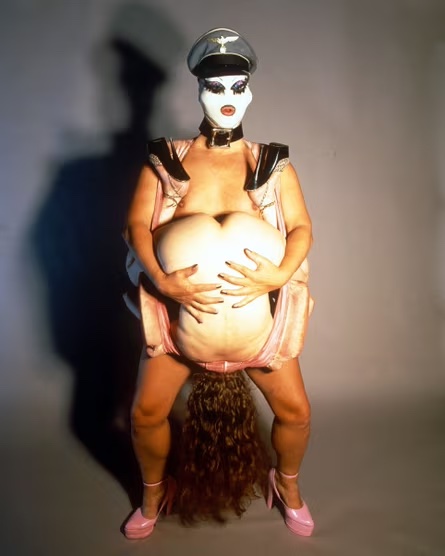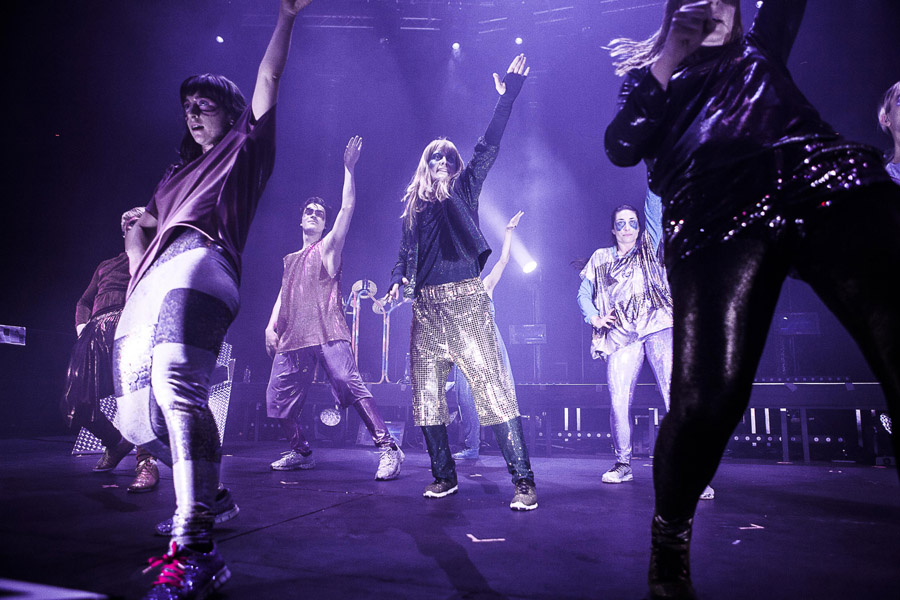
Our encounter with Matthieu Blond, a Paris-based performance artist, unfolded during one of the book fairs we attended back in 2016. In between all tables full with printed materials, Matthieu sat at an empty table, devoid of any such items. Curious, we inquired about the absence of printed matter, only to be met with a gestural performance titled "Journal."
In this performance, Matthieu visually brought to life the essence of a magazine using nothing but his hands and body. Gestures, voices, and actions intertwined to embody various elements of a magazine, from the cover to the articles, advertisements, and even the colophon or back cover. Each movement was choreographed, transforming the mundane act of reading into a dynamic and engaging experience.
"Journal" served as a testament to Matthieu's unique approach to performance art with the world of publishing. Through his innovative interpretation, he demonstrated how the boundaries between printed media and live performance can blur, offering a fresh perspective on the intersection of lip sync and printing.

Leigh Bowery’s performance in 1990 at the London club night 'Kinky Gerlinky' serves as a quintessential example of lip sync printing in action. In his signature 'Birthing' act, Bowery, adorned as the drag performer Divine from 'Female Trouble,' took the stage. Initially, he captivated the audience with his oversized t-shirt, dark glasses, and headscarf, miming along to film dialogue.
However, the performance took an unexpected turn when Bowery simulated 'giving birth' to his 'love-child,' Nicola Bateman. Disguised beneath Bowery's costume for the initial part of the act, Bateman emerged, bursting through his tights amidst a flurry of stage blood and sausages.
Bowery’s bold act disrupted conventional expectations, challenging societal norms and pushing the boundaries of artistic expression. By 'printing' his own placenta-smeared love-child, he redefined the possibilities of lip sync performance, leaving an indelible mark on the art scene.
In the context, Bowery's 'Birthing' performance exemplifies the intersection of lip sync and printing techniques. Through this avant-garde act, Bowery demonstrated the transformative power of performance art, urging us to reconsider preconceived notions and embrace new modes of expression.

The Knife, a Swedish electronic duo, presented a fusion of live performance, lip sync, and printing techniques in their performance show, Shaking the Habitual.
In this performance, the boundaries between live music and dance were blurred as The Knife transformed the concert environment into a display of expressive movement. Rather than singing live or lip syncing to pre-recorded vocals, they conveyed emotions through intricate dance choreography, effectively 'printing' their feelings with their bodies.
The Shaking the Habitual Show was a call to action, urging audiences to shed their inhibitions and embrace collective liberation. The duo, now expanded to include 11 members, seamlessly transitioned between live instrumentation and synchronized dance routines, with each member contributing vocals.
By eschewing traditional distinctions between lead performers and supporting musicians, The Knife encouraged audience members to dissolve their individual identities and participate in the communal experience.
Part of ‘Lip Sync as a Performative Printing Method’ lecture text by Ruud Van Moorleghem